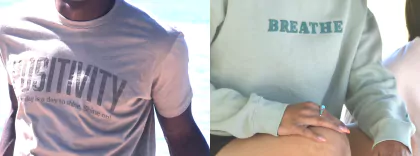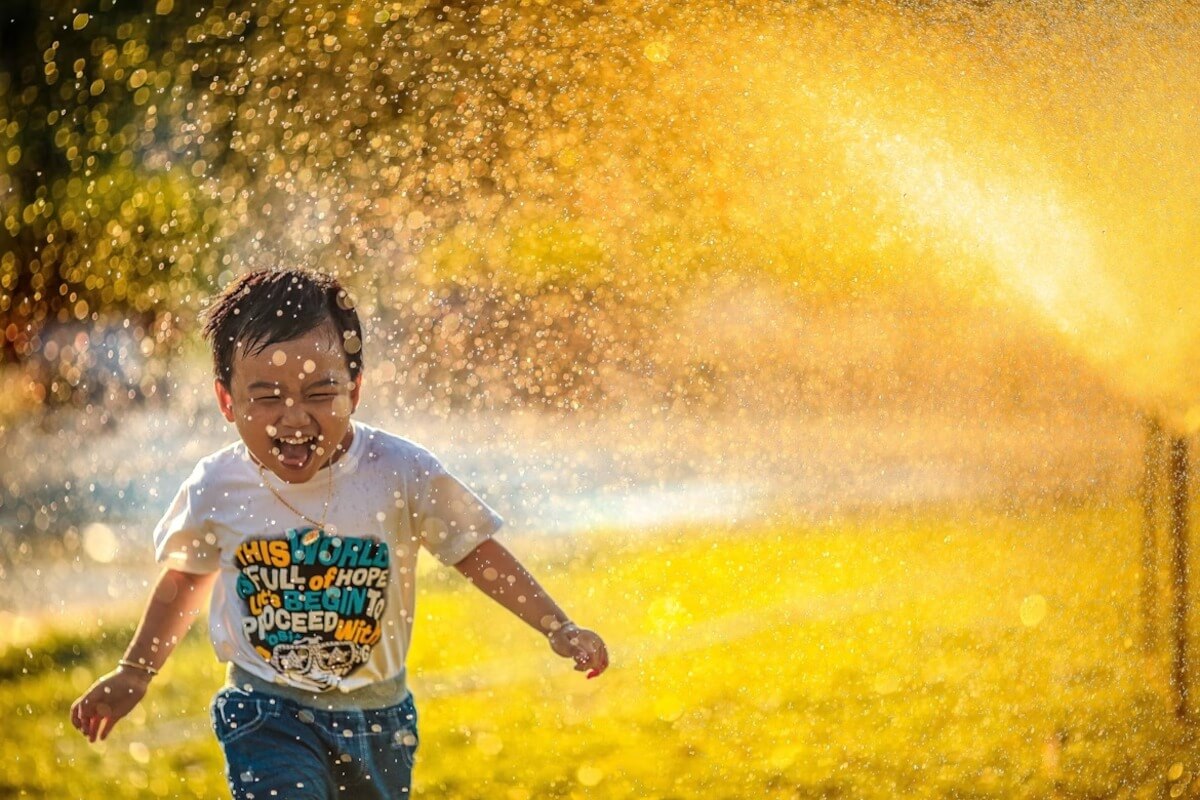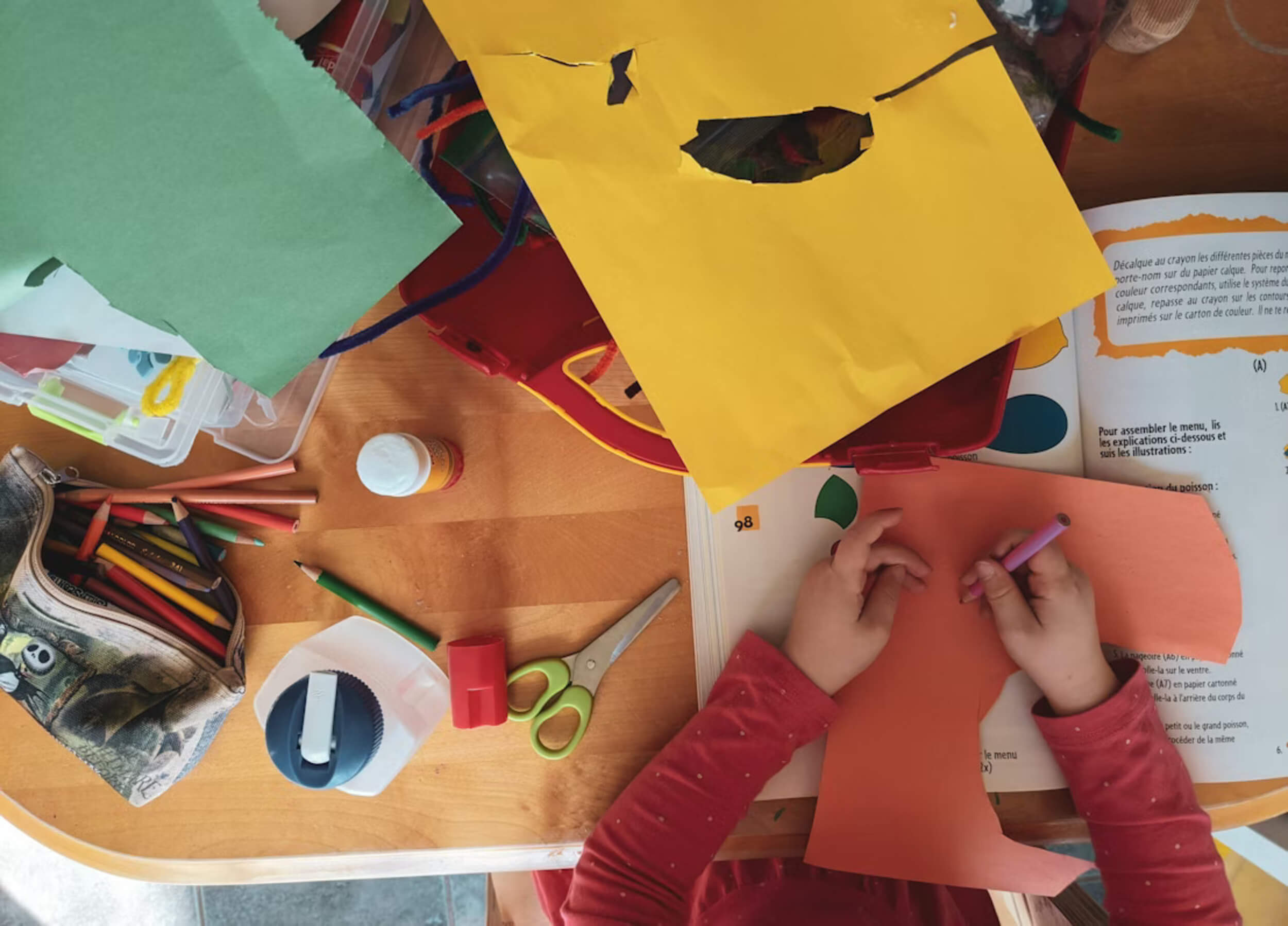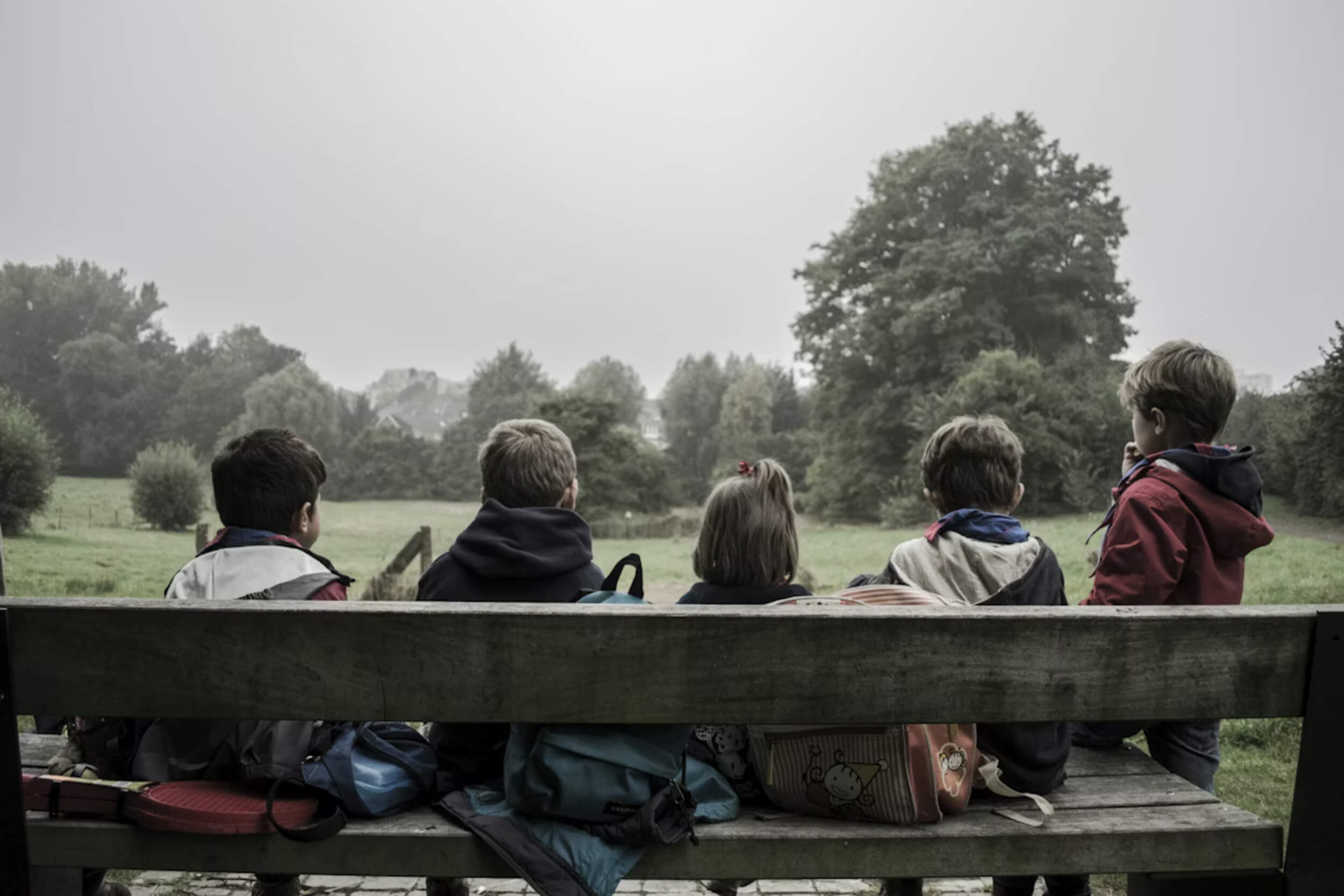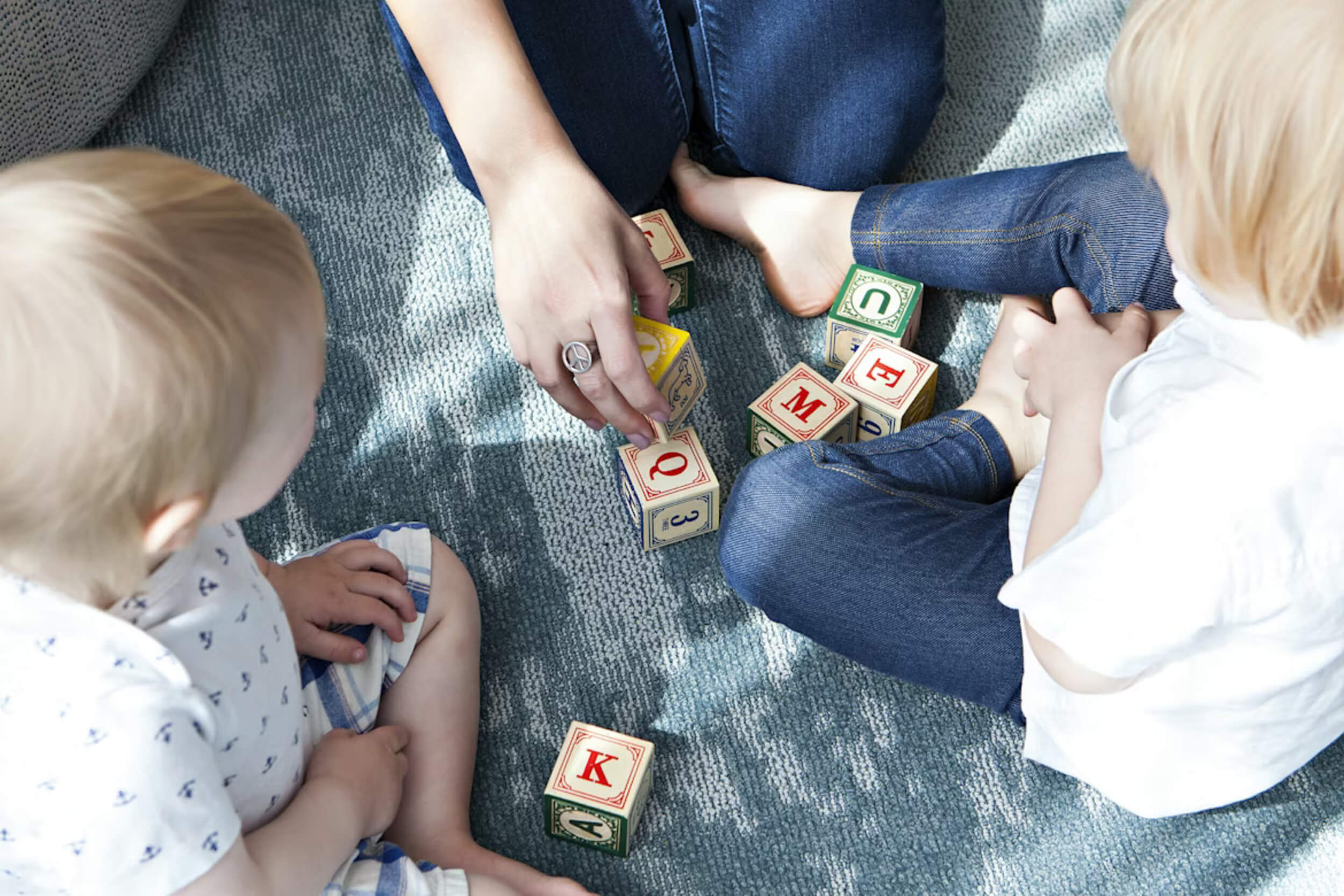Spend a few minutes with a curious child and you’ll quickly notice how the questions never seem to end. “Why is the sky blue?” “How do birds fly?” “What makes the rain fall?” Each thought comes out one after another, leaving adults smiling, pausing, or sometimes scrambling for answers. What feels like a small moment of chatter is actually a glimpse into something much bigger happening inside children’s minds.
Parents and teachers often admit that the constant “why” and “how” can be exhausting. Yet, those questions are signs that a child is working hard to understand the world. Each one opens a door for learning and helps shape the way they think, connect, and grow. Curiosity isn’t just about asking for facts—it’s about building confidence, sparking creativity, and learning how to handle new experiences.
That’s why curiosity is more than just a habit. It’s a force that drives brain growth, social skills, and emotional strength—making it one of the most powerful parts of growing up.
The Neuroscience of Curiosity
Curiosity does more than keep kids asking questions—it actually changes the brain. When children’s minds become curious, the brain’s reward system lights up, making learning feel enjoyable instead of forced.
One key player is dopamine, a chemical that helps with motivation and memory. Every time a child asks a question and finds an answer, dopamine is released, creating a “feel good” loop that makes them want to keep learning.
Different areas of the brain work together during curiosity:
- Hippocampus – supports memory, helping kids remember what they’ve learned.
- Prefrontal cortex – handles planning and reasoning, making it easier to think through tough questions.
- Nucleus accumbens – gives the sense of reward and excitement when new information makes sense.
At a young age, children’s minds are wired to explore. Every question, puzzle, or experiment strengthens brain pathways, just like exercising muscles. The more kids use their curiosity, the stronger those connections become.
Studies show that curious learners remember lessons longer and think more critically than those who just memorize facts. Asking questions, testing ideas, and following their own interests help kids grow into sharper and more confident learners. Curiosity isn’t a small side habit—it’s one of the most powerful tools shaping children’s minds.
Why Children Ask Big Questions
Around ages five to seven, children’s minds shift gears. Instead of being happy with simple facts, they begin asking why things happen and how the world works. This stage marks a move from concrete thinking to more abstract reasoning.
Some of the most common “big questions” sound simple but actually carry deep meaning:
- “What happens when people or animals die?” – shows a new awareness of life and loss.
- “Why is something fair for one person but not another?” – reveals a growing sense of justice.
- “Why do people speak different languages?” – points to curiosity about culture and identity.
These types of questions may surprise adults, but they’re milestones in growth. Each one signals that children’s minds are not just learning facts but also trying to understand ideas like time, morality, and diversity.
Even ordinary moments can spark these questions. Long car rides, bedtime talks, or even waiting in line can suddenly turn into conversations that sound like philosophy lessons. What may seem like endless chatter is proof that children’s minds are expanding in ways that help them think deeply about themselves and the world around them.
How to Nurture Curiosity at Home and School
Curiosity grows best when adults respond with care. The way parents and teachers handle questions can either build confidence or make kids feel shut down. Supporting curiosity doesn’t require perfect answers—it’s about creating an environment where questions are welcome.
Here are practical ways to nurture curiosity:
- Welcome all questions – Even if a child asks the same thing ten times, respond with patience. Repetition shows they’re still working on understanding.
- Encourage exploration – Give kids the chance to look for answers through books, hands-on activities, or simple experiments.
- Admit uncertainty – Saying “I don’t know, let’s find out together” models how learning is a lifelong process.
- Ask questions back – Reply with “What do you think?” to spark reasoning and confidence.
Curiosity also grows when children see adults showing their own interest in learning. Parents reading, teachers asking questions, or caregivers trying new activities all set the tone.
Schools and homes don’t need fancy programs to make this work. What matters most is creating a safe space where kids know their curiosity won’t be dismissed. With that kind of support, children’s minds stay open, eager, and ready to grow.
The Ripple Effect of Curiosity
Critical Thinking and Problem-Solving
Asking questions is one of the simplest ways kids learn to think for themselves. Curiosity pushes them to connect new information with what they already know. Instead of taking answers at face value, they start comparing, testing, and reasoning.
This kind of thinking builds problem-solving skills. When a child wonders why a toy won’t work or why plants need sunlight, they often try different approaches until they find a solution. Curiosity teaches them to handle challenges step by step, instead of giving up.
Strong problem-solving habits carry over into schoolwork and daily life. Children who ask more questions often become better at math, science, and even teamwork because they’re not afraid to look deeper. Encouraging questions now sets up the critical thinking skills they’ll rely on for years.
Emotional Growth and Resilience
Curiosity does more than help children think—it helps them feel stronger, too. Asking questions about tough topics gives kids a safe way to face uncertainty. For example, wondering about life, fairness, or why things change helps them process emotions that might otherwise feel overwhelming.
When kids are curious, they learn that it’s okay not to have every answer right away. This builds resilience. They begin to see challenges not as walls but as puzzles that can be worked through.
Emotional growth comes from practice, and curiosity provides that practice daily. Whether it’s learning how friendships work, why rules matter, or what happens when mistakes are made, curious kids are better able to manage stress and bounce back. Curiosity helps children grow emotionally steady and adaptable.
Social and Language Skills
Conversations that grow from curiosity are powerful tools for learning language and building social skills. Every time a child asks a question and an adult responds, they’re practicing communication.
Language grows richer when curiosity is at play. Children who ask more questions usually develop stronger vocabularies and clearer ways to express ideas. They also gain practice in listening, because good conversations require back-and-forth exchanges.
Social growth is tied to empathy, too. When children ask questions about how others feel or why people act differently, they start to understand perspectives outside their own. That curiosity lays the groundwork for kindness and stronger relationships.
Curiosity, then, isn’t only about facts—it’s about connecting with people. Asking, listening, and sharing ideas make children stronger communicators and better friends.
Cultivating Lifelong Learners
Curiosity doesn’t stop at childhood—it’s the foundation for a lifetime of growth. The same habits that push kids to ask questions in school are the ones that make them adaptable, creative, and resourceful as adults.
Children who are supported in their questioning often carry that love of learning into every stage of life. They’re more likely to try new skills, handle change with confidence, and stay motivated in both personal and professional settings.
Adults benefit too. Spending time with kids who are full of questions can spark a fresh perspective, reminding grown-ups that there’s always more to learn. That back-and-forth not only strengthens family bonds but also reignites a sense of wonder that may fade with age.
The biggest lesson is simple: nurturing curiosity now shapes the kind of thinkers, leaders, and problem-solvers the future will need. By valuing every question, no matter how small, we give children the confidence to keep learning and the courage to keep growing.
